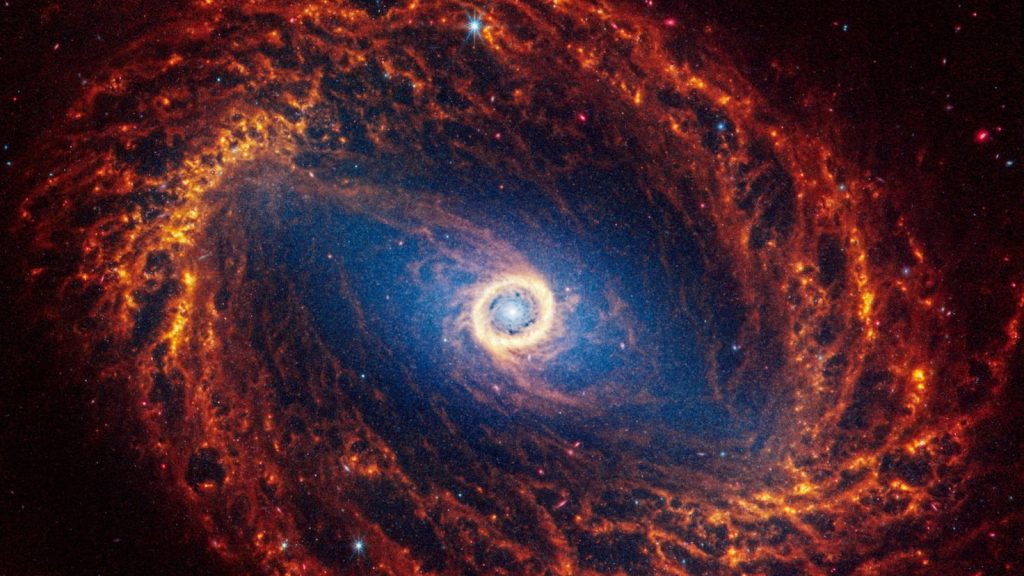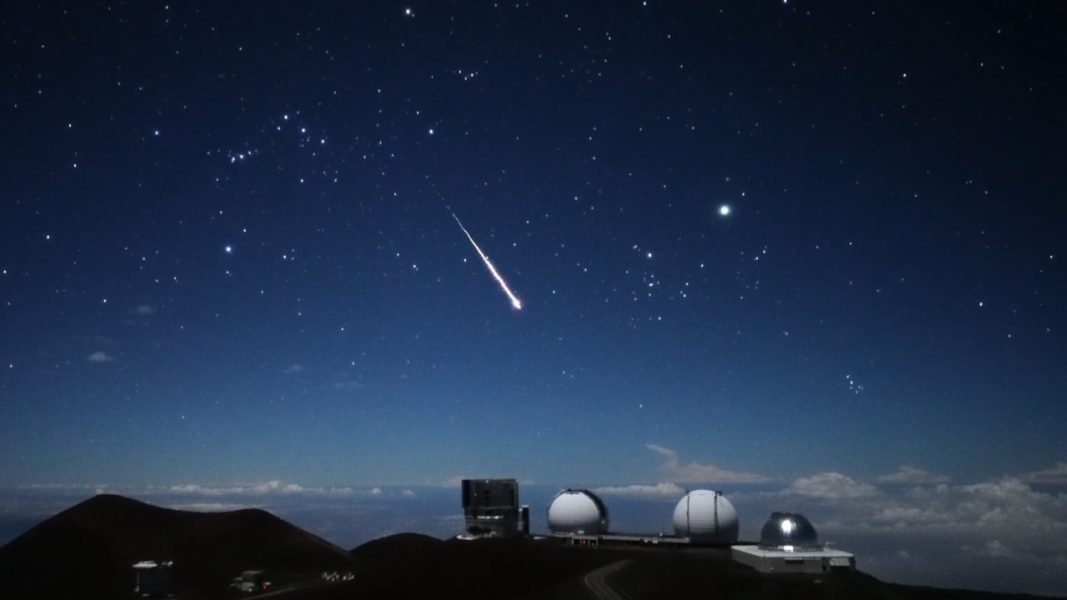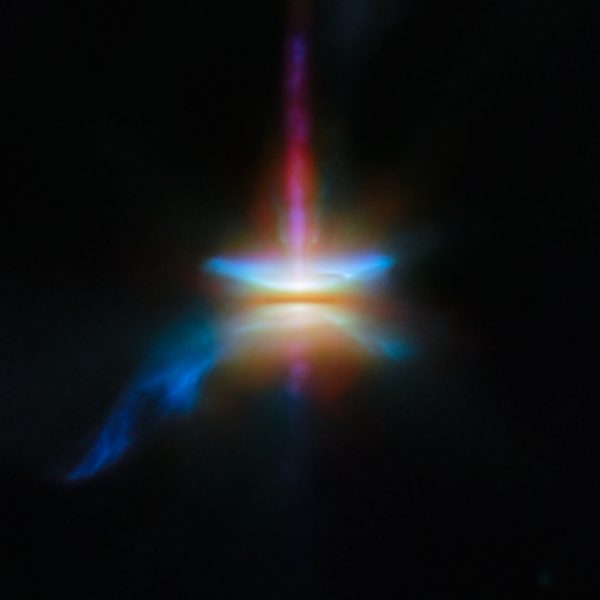James Webb Telescope baffles the scientific community: an ‘impossible’ planet discovered 48 light years away – AS USA

ScienceCutting-edge technology aboard the $10 billion James Webb Space Telescope (JWST) has helped scientists to uncover exciting new information on an exo-planet located tens of light years away.According to findings published recently by an international team of researchers, the fresh insight provided by the JWST suggests that the planet in question may be unlike any other known to humankind.Referred to as GJ 1214 b or Enaiposha, the planet orbits a star in the constellation Ophiuchus, at a distance of around 48 light years from the Sun.First discovered in 2009, GJ 1214 b is described by the JWST team as being “sub-Neptune-sized” – smaller than the outermost planet in our Solar System, but larger than the Earth. It has a radius measured at 2.74 times that of our planet. GJ 1214 b was thought to be either a rocky planet with a hydrogen-rich atmosphere, or a water-dominated world. Indeed, the name “Enaiposha”, which was chosen by the International Astronomical Union in 2022, comes from the word used in the language Maa to refer to a large body of water such as a lake or a sea. However, new data uncovered using the Near-Infrared Spectrograph (NIRSpec), a state-of-the-art piece of spectroscopy equipment placed on the JWST, appears to contradict earlier beliefs about the planet’s makeup. According to Everett Schlawin, a University of Arizona researcher who is part of a global group of scientists that is studying GJ 1214 b, NIRSpec has revealed it to potentially be an “entirely new class of planet”.地球と海王星の中間サイズの太陽系外惑星で多量の二酸化炭素を検出https://t.co/Ofz1Xc5vmTJWSTでの観測と理論シミュレーションにより、系外惑星「GJ 1214 b」の大気は二酸化炭素が主成分であり、太陽系には見られない新しいタイプの系外惑星であることが確認されました pic.twitter.com/31amo0p2ZvIn results published in The Astrophysical Journal Letters in October and January, the researchers say GJ 1214 b appears likely to be a carbon dioxide-heavy, Venus-like planet with “high metallicity”. But given its significantly larger size – which is why scientists had not expected it to show such characteristics – Schlawin has described it as a possible “super-Venus” in an interview with the University of Arizona’s website. The team of scientists, led by Schlawin and the National Astronomical Observatory of Japan’s Kazumasa Ohno, has cautioned that the conclusions of its research are based on an only faintly detected atmospheric signature.“It’s equivalent to Leo Tolstoy’s ‘War and Peace,’” Schlawin explained to the U of A. “If I gave you two copies and changed one sentence in one of the books, could you find that sentence?”In The Astrophysical Journal Letters, Schlawin and Ohno’s team stresses “the importance of high-precision follow-up observations”.But they add that their work on Enaiposha offers the prospect of gaining a groundbreaking new understanding of the process by which planets come into being. “Further modeling of the planet’s atmosphere, interior structure and origins will provide valuable insights about how sub-Neptunes like GJ 1214 b form and evolve.”ScienceScienceGet your game on! Whether you’re into NFL touchdowns, NBA buzzer-beaters, world-class soccer goals, or MLB home runs, our app has it all. Dive into live coverage, expert insights, breaking news, exclusive videos, and more – plus, stay updated on the latest in current affairs and entertainment. Download now for all-access coverage, right at your fingertips – anytime, anywhere. About the authorWilliam AllenBritish journalist and translator who joined Diario AS in 2013. Focuses on soccer – chiefly the Premier League, LaLiga, the Champions League, the Liga MX and MLS. On occasion, also covers American sports, general news and entertainment. Fascinated by the language of sport – particularly the under-appreciated art of translating cliché-speak.AnimalsScienceFOOD AND DRINKDAZNEnjoy live and on-demand online sports on DAZN. Activate your accountNBA Pass LeagueNow you can watch the entire NBA season or your favorite teams on streaming.






